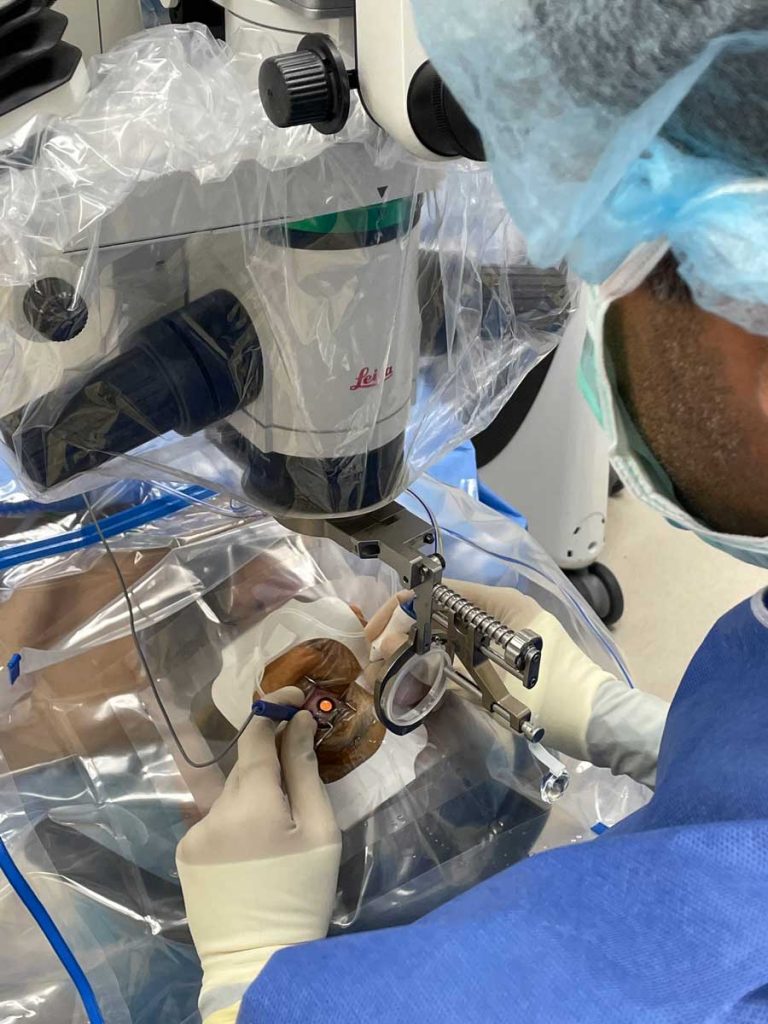Age Related Macular Degeneration
Vitrectomy

What is a Vitrectomy?
How is the procedure preformed?
What to expect after surgery?
Does it work and what are the risks?
Vitrectomy has been shown to greatly improve visual acuity in many people who have vitreal hemorrhages (blood in the vitreous). In general, surgery can restore some vision that is lost as a result of traction retinal detachments and can help prevent further detachments. The results tend to be better when the retinal detachment has not reached the macula, the area responsible for central, sharp vision. Each case is different, listening to the physician and asking knowledgeable questions provides the patient and family with the best information available
The risks associated with a vitrectomy include increased intraocular pressure, especially in patients with glaucoma. Other risks include further bleeding into the vitreous gel, retinal detachment, fluid build up in the cornea, infection inside the eye, and cataract formation. While risks are rare, they are always a possibility and something to think about.
Macular degeneration is currently treated by anti-VEGF drug injections into the eye every 6-12 months. These injections allow patients to keep their vision, but must be continually given. Research has found promising results using eye drops instead of injections, so that patients may soon have the convenience of administering their AMD treatment at home.
Request an
Appointment
Opening Hours
Calls are taken 24/7 for emergencies
Available on Saturday and Sunday for Emergency only. Call for appointment
LOCATIONS AND DIRECTIONS







